Background
Patients and families report experiencing a multitude of harms from medical errors resulting in physical, emotional, and financial hardships. Little is known about the duration and nature of these harms and the type of support needed to promote patient and family healing after such events. We sought to describe the long-term impacts (LTIs) reported by patients and family members who experienced harmful medical events 5 or more years ago.
Methods
We performed a content analysis on 32 interviews originally conducted with 72 patients or family members about their views of the factors contributing to their self-reported harmful event. Interviews selected occurred 5 or more years after the harmful event and were grouped by time since event, 5 to 9 years (22 interviews) or 10 or more years (10 interviews) for analysis. We analyzed these interviews targeting spontaneous references of ongoing impacts experienced by the participants.



